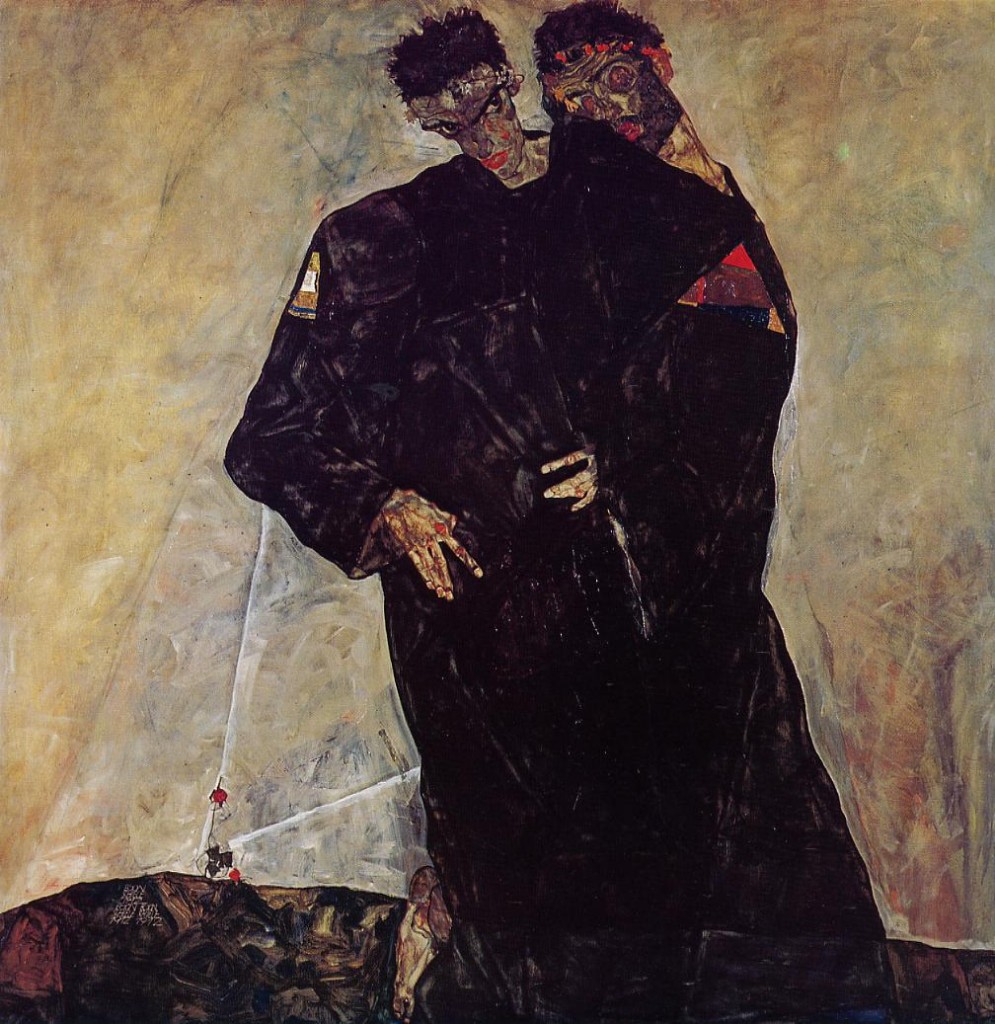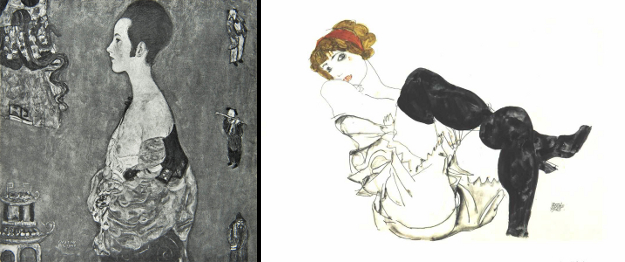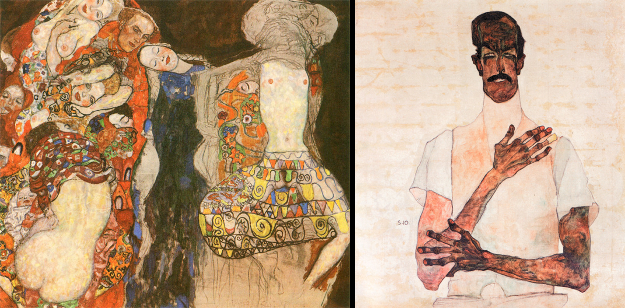Once Again, When
ABBA Exploded The Known Musical Universe And Put It On A Small Greek Island-
Amanda Seyfried s “Mama Mia!-Here We Go Again” (2018)-A Film Review
DVD Review
By Intern
Josie Davis
Mama Mia! Here
We Go Again (When I reviewed the
original version of this film I was told by Greg Green the site manager to use
this title to both avoid confusion with the earlier film since they both have the
same theme and most of the same cast and to replicate the way the film has been
publicized), starring the divine Meryl Streep in essentially a cameo role,
Amanda Seyfried up close and personal on this one, Pierce Brosnan at one time
the dashing James Bond in a few films in that series, Colin Firth who somebody told
me used to be to be the King of England and gave it up for his boyfriend, Stellan Starsgard who used to be a guy named
Terry with a junkie wife who owned a glass house in Malibu but got too greedy
and got wasted for his troubles, Julie Walters and Christine Baranski two
members of the famous doo wop, no, disco, trio Donna and the Dynamos who tore
up the stage when I saw them in New York City one night with my girlfriends
from high school several years ago, music by ABBA, 2018
*******
I mentioned
in my review of the 2008 version of Mama
Mia! that I was thrilled to be
writing my first film review for this publication, for Greg Green and now as
agreed since he was happy with my first production I am reviewing the sequel. (Once
again I should mention that Greg said the way things are in the publication
business today that I had better mention that I was Greg’s daughter Elsa’s roommate
in journalism graduate school at NYU-something about transparency otherwise the
whole thing will stink of nepotism, so I have again written what he has asked
me to do). I am working here as a paid intern to learn the journalism trade and
right off the bat Greg had assigned me this Mama
Mia! Here We Are film which I had just seen and loved. Not only that but
since Elsa already told me that her father was very thorough I got to do a
review of the first one as well which he told me was to get a fresh look from
new eyes about the relative merits of the two. Zack James one of the friendly
older writers here who wrote the review of the original helped me with his
perspective although he said musicals were not his thing and he thought there
were too many musical and dance interludes something I thought was great since
the storyline was pretty simple. The conditions that an intern works under here
are that, since we are not covered by Guild regulations, we are paid by the
word so I was doubly thrilled to have two reviews to do since my rent would be
coming up and I could use the money since my parents had told me after paying
for graduate school I have to fend for myself. “Learn to fly” as my father put
the matter in his usual gruff way.
Maybe the reader
did not need to know that last part again, the rent money and parent
abandonment part but from the last review I mentioned a funny, wise, kind of looking like a modern
version of Merlin the Magician older
writer, Sam Lowell, told me that writers getting paid by the word went out with
the Pony Express and it is a shame that they are calling what he called
stringers “interns” to get slave labor to do the work otherwise assigned to
active Guild members. Here is where he was wise-Sam, he told me to call him
Sam, said to play the game for all it is worth, to write like he did when he
was starting out say, 10, 000 words when everybody knew that the space
available for the piece was maybe 3000 words. They had to pay for the former number
no matter how much they edited the piece down once it had been assigned. Again I
will write like crazy including what Sam me told to include that I have already
written since Greg likes, allows his writers, I still like how that word sounds
regarding me, to let the readership know some of the “inside” stuff about the
publishing business, the hard-hat water cooler stuff so I will again oblige.
Sarah
Lemoyne, who went to NYU journalism school a few years before Elsa and me, told
me before I finished my first review to avoid Sam Lowell like the plague and
went out of her way to warn me again after Sam told Greg that I had “the right
stuff.” Told me, again that it was only a matter of time before he would have
me writing his reviews for him under his by-line and would keep me a stringer,
intern I told her again like the category was brand new in the business,
forever again using the example of what almost happened to legendary
break-through by-line writers Leslie Dumont before she got her big break with Women Today once she saw the writing on
the wall here. Sarah said I would probably, if Sam was in a rush, grab some
studio press release and have me doll it up. Funny, Sam still seems like a
kindly old man, for the old school who knows how to pay a colleague a compliment
and give good advice and encouragement, a little wizard and while Sarah seems to be
the star amount the younger up and coming writers and is being championed by
the legendary Seth Garth whom I first heard about at NYU I haven’t been here,
haven’t been as Sam says around the water cooler long enough to get an idea of
who the players are and what they have in mind. All I know is that I want to be
a film reviewer, maybe books and music later, and that Sam has been nice to me
and gave me this additional information once again and which has in the Sarah
business proved true-this is a cutthroat business so keep your own counsel.
Listen to what everybody who has something to say have their say and then
discard most of it and just write that pure, fine high white line you studied
about in school. And forget the fossil “pyramid” lead nonsense which went out
with the pharaohs although they still teach that stuff like it was the new
dispensation in the journalism schools.
I have heard
from more than one source, actually several since the last review, that Sarah
is “sweet” on Seth, he told me to call him Seth although I feel funny calling
these older guys by their first names since in grad school when some high-blown
journalist came through it was Ms. This or Mr. That, even though she has a
partner, a woman, whom she is having an affair with. I still don’t know how to
take what she has said about Sam, about him maybe taking dead aim at me which
is ridiculous since he has his long- time companion Laura Perkins who also
writes here (and who when I met her watched him like a hawk and still does especially
after his water cooler praise of me to fellow writers). I see what this
cutthroat stuff is all about more clearly now regarding people cutting people
but I am just going to write my brains out so Greg can still say he made the
right decision taking Elsa’s recommendation.
Here is the
“skinny” a cute word that Sam said he coined way back when he was also young
and hungry to let people know a little bit about the plot and whether they
should bother to see the film if is a “dog.”
I had already telegraphed that I liked the sequel so I was prepared despite Zack to like the
original and I did although now I wished I had seen them in the correct order
because I had not been aware that Sam, played by Pierce Brosnan, had
actually made Donna an honest woman, had married her which makes his grieving
in the sequel make more sense.
Sam Lowell,
actually Sarah Lemoyne said the same thing before I wrote my first review but I
will still give Sam the credit since he has been so helpful, said that musicals
don’t let plot get in the way of the Tin Pan Alley songs and the dancing when
dancing is part of the project as here in a couple of spectacular episodes. And
Sam was right on the face of it. The boy and girl had already met so that was
no real factor-the real part was that young Sophie, played by Amanda Seyfried was
desperate to get married and get the hell off the island prison of a hotel that
her single-parent Mom, Donna, played by very versatile Meryl Streep, had dwelt
in since she was born. She loves her beau but doesn’t want to wind up like her
mother who drifted to the island after a whirlwind spree with three lovers when
she was younger. That three lovers will again anchor the “controversy” central
to the film-which one in pre-DNA times is the father she never knew taking a
cue from Jack Kerouac among others in the unknown fathers pantheon (this
courtesy of Sam who is something of an expert on the “beats” from the 1950s who
I have heard of in passing but really don’t know anything about).
Motivated by
the desire to know who her father is, and to gain some peace of mind, she had invited
the three likeliest candidates, Sam, Harry and Bill to the island to see “what
is what” and also to have her “father” give her away in the time-honored
tradition. Fine, except dear mother, dear Donna who as I mentioned in the cast
line-up I saw with her group Donna and the Dynamos in New York City when I was
in high school, who has raised her alone is pissed off that the three guys are
around. That produced angst, alienation and a few heart-felt songs and dances
between the two before the wedding bells ring but seemed to be resolved nicely
by having Mom give daughter away-which seemed right. Hold the cameras though
just as Sophie and her man, her Sky are about to tie the knot and unleash who
knows what song and dance cascade at the reception Sophie calls the whole thing
off after deciding that like any thoroughly modern Millie they should live
together and see the world. In any case that new decision brings forth a
cascade of song and dance so all is well that ends well. Except Sophie never
does find out who her father is and the three guys are just as happy to cut her
in thirds-metaphorically. And guess what as I have already mentioned Sam and
Donna get married in Sophie and Sky’s place.
Fast forward
five, six years, same freaking isolated hillside Greek island hotel with one
big exception-Donna as passed through the shades, has died. Now Sophie is ready
to seriously tie the Sky knot and have the wedding and reception at the slightly
refurbished inn. Then the deluge as three suspect papas, and two Donna dynamos
show up to get the kid and her beau through the freaking nuptials. And in the end
they will but not before another round of doubt and wonder about what Mama would
say, another bout on who Papa is, attempts to placate grieving Sam-stepfather- and
plenty of singing and dancing at the drop of a hat. Like I said I did like this
film, did like the singing and dancing but after two musical reviews I can see where
Zack James might be right that a little goes a long way. In the interest of
completeness there we are. (I hope that in 2028 there is not yet another sequel
where I will have to tutor some young stringer about my take on the first two like
I had to with Zack on the first one.









